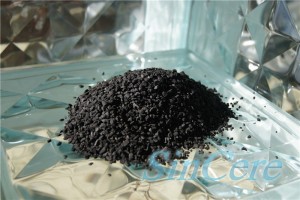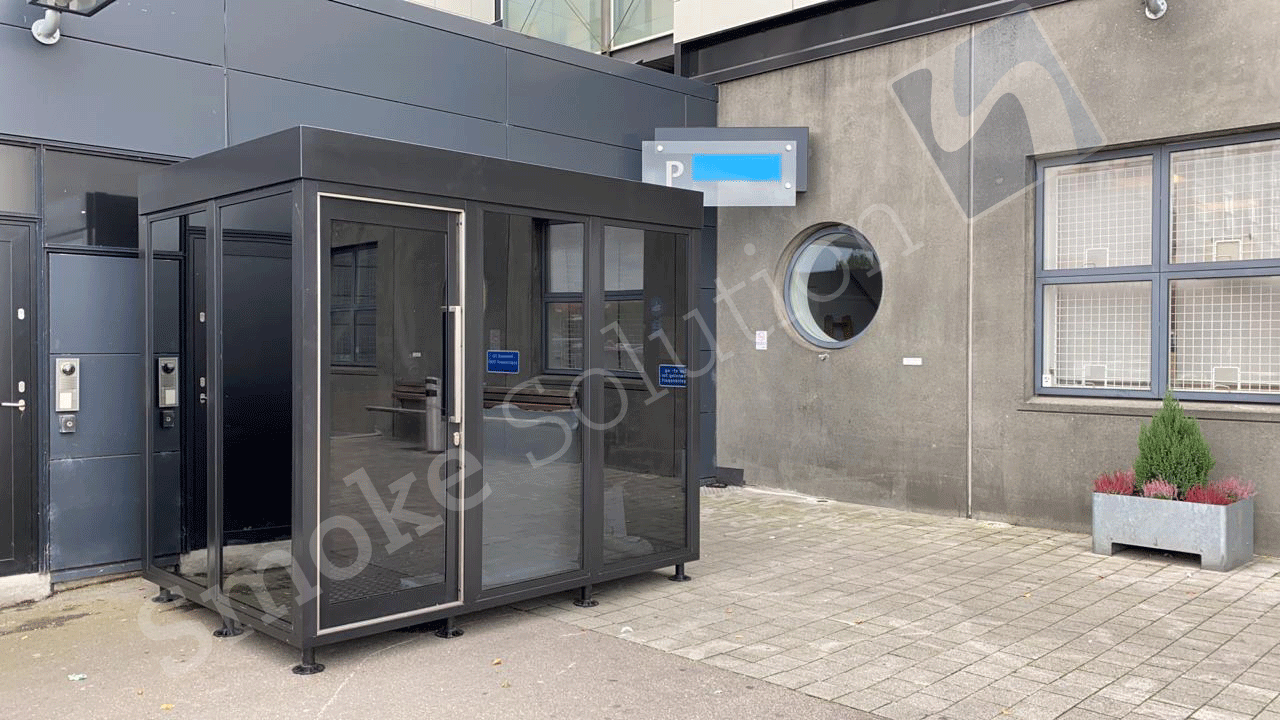
I’m a mom-to-be. Now as we are constructing our new home, we want to ensure the best possible living environment to welcome our coming baby. Modern science provides us with a great deal of information on what’s safe and what isn’t. But still, we can’t grasp all the facts. To make things easier, parents must identify and prioritize the potential risks, and then approach that list in systematicway.
1. Non-Toxic Paints
Most paints emit dangerous volatile organic compounds (VOCs) and continue to do so for years. To avoid these vapors seeping into the air, opt for paints labeled water-based, VOC-free and non-toxic. Keep in mind that no paint is completely safe, so pregnant women shouldn’t paint ever, and you should paint the nursery months in advance of the baby’s arrival.
2. Non-Toxic Furniture
VOCs are not only from paints and stains but are also found in many common household items, including furniture. VOCs are generally found in cheaper furniture that uses particleboard and the like, but they can sometimes be found in the stains put on high-quality pieces. Green or all-natural furniture is the better option because it’ll be made from certified sustainable wood and with non-toxic finishes.
3. Green Bedding
It’s also important that parents choose organic bedding for their baby. Remember, babies spent most of their time sleeping, and their metabolism is working at a phenomenal rate, which makes them highly vulnerable to the contaminants found in many ordinary bedding options. The ideal option is 100-percent organic cotton, and ensure that whatever you choose hasn’t been treated with bleach or formaldehyde.
4. Indoor Air Quality
Unexpectedly, the air inside our homes is often far more dangerous than outdoor air. To correct the situation,we need to eliminate pollution sources throughout the home, ensure optimal ventilation and employ comprehensive air purification measures. Optimal air purifiers are those that use HEPA technology, which is able to filter pollen, dust, mold, bacteria and other tiny but dangerous particles.


